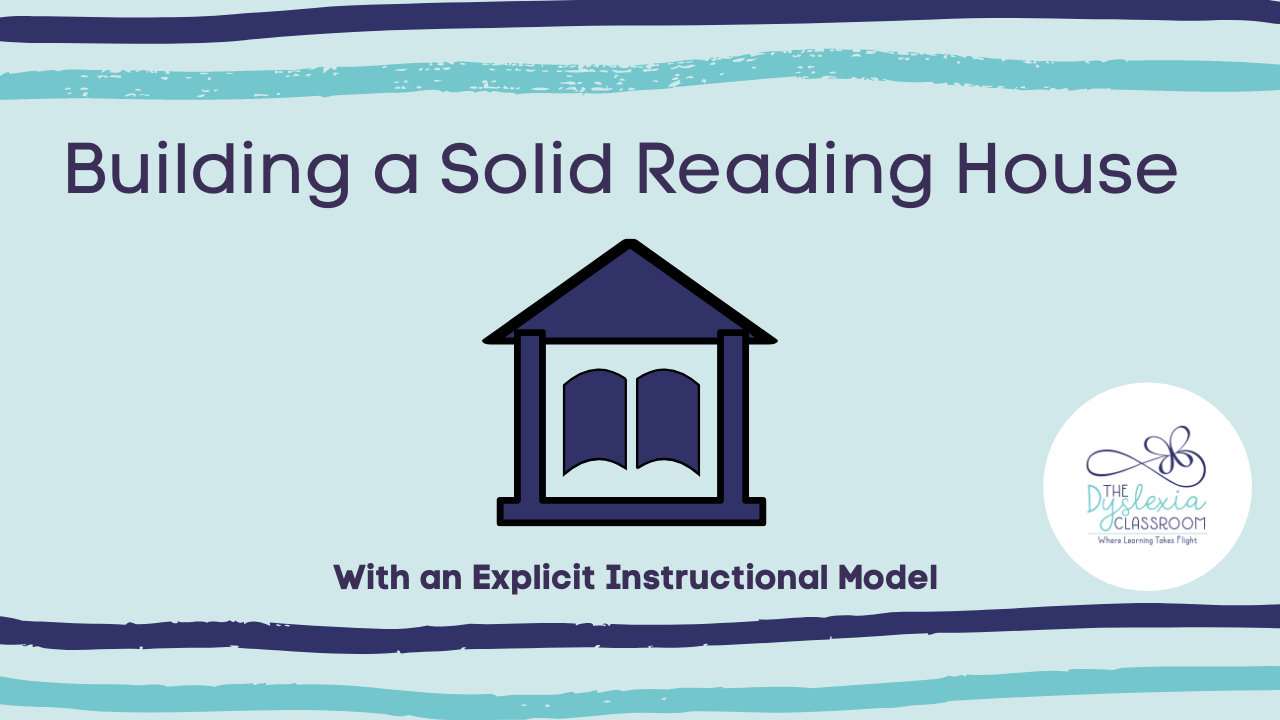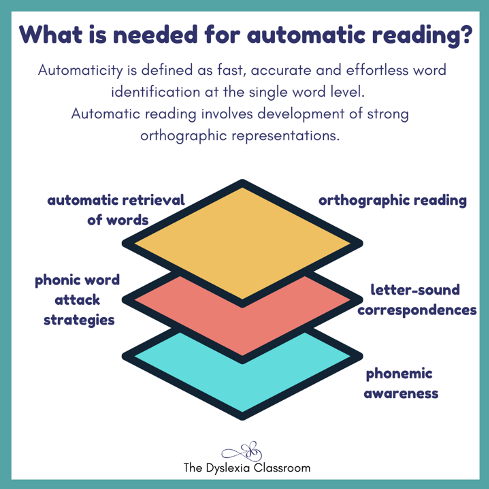Top Tips for Clearing Up Sound Confusions
Is it Short e or Short i?
Hi, friends. Sound discrimination can be tricky for some students, especially the short e and short i sounds. Many children will confuse these two vowel sounds in phonology work, reading, spelling, and sometimes running speech. Some students may also struggle with phonological processing, have speech sound errors, sound substitutions, omit sounds, add sounds, or distort sounds. If this is the case for your students, keep reading. This week, I'm chatting about how explicitly teaching articulatory gestures or mouth placement is key.
Why Teaching Mouth Placement is Important
Individual phoneme production is an integral part of reading and spelling instruction. Students need to be able to isolate phonemes to segment. The skill of segmenting is the ability to take apart individual phonemes, sounds, within words. Think of these as the parking spots for the letters that represent these sounds.
When we help students identify the placement of their mouth for indi...
The Connection Between Decoding and Encoding - Part 2

Hi, friends! Last week, I discussed the importance of connecting speech to print and how that relates to spelling instruction. Did you miss last week's post? Click here to read that first. In summary, we can think of reading and spelling as reciprocal skills. Reading, or decoding, is applying the sound-symbol relationships and successfully blending them to read a word. Spelling is the other side of the coin. It is the ability to segment words by individual sounds and use the correct sound-symbol correspondences in written form.
This speech to print approach helps us connect the phonemes, sounds, to the grapheme, letter/s; the representation for each individual sound. While this may be a practice that many of us are familiar with in the early grades with single-syllable words, how does this apply to multisyllabic words? Let's explore this.
How Does the Speech-to-Print Approach Assist in Spelling Multisyllabic Words?
Students need explicit instruction in strategies that help them sp...
What is an Auditory Drill, and How Do I Use It?
Hi, friends! This week, I'm going to share with you the most effective practice that I have used to help students solidify their sound-to-print knowledge. I have used this in every class that I have taught from PK-12th grade. It helps students map sounds to reliable letter correspondence.

The Process of the Auditory Drill
Building Fluency in Our Students
Hi, friends! I'm back this week chatting about a popular topic that I've been discussing with The Dyslexia Classroom Community over on Instagram. Many have reached out to me asking for strategies on building fluency. I asked the community if this is something that would be helpful, and the resounding answer was yes. In this post, I will be discussing what fluency is, how to build it, and providing you with resources to help. Reading fluency is essential to our students' success because research has found that developing it is one of the five pillars of reading instruction.
🤔 So, what is fluency?
Fluency is NOT the skill of reading fast! When we read fluently, we read words accurately and at a rate that allows proper expression, phrasing, and intonation. This ability to read well, or automatically, aids in deeper comprehension.
When students struggle to read fluently, reading comprehension can be affected. This happens because the reader exerts a great deal of cognitive energy and f...
Top Reason to Use an Explicit Instruction Model

Hi, friends! I'm going to start this week's blog post off in a slightly different direction than usual. Don't worry, I've got some great tips to also share with you this week. 😊
If you are like me, you get inspiration from design feeds and head straight to Target to purchase all the pretties. Don't you always love an excuse to browse Target's newest home decor? 😉
What happens, though, is that I get home with all of my goodies, and I'm not really sure what to do next. Then, I realize that I wasn't fully prepared to start decorating.
Why? Well, because the foundational pieces in my home were not yet set or organized for me to even begin to think about decorating or taking a trip to Target. 😔 Did I mention that I have three little ones, three HUGE dogs, and a husband running around the house making it just a bit difficult to stay organized?
Anyway, what happens is that my pretty, new decor gets lost in the bigger picture of my home (or added to the pile of decor in my hall closet 😊...
Bringing Reading Automaticity into Your Reading Lessons

Hi friends! This week I am going to chat about automaticity, how to build it in word reading with our students, and tips and activities to support this learning.
What is Automaticity?
Automaticity is defined as fast, accurate, and effortless word identification at the single-word level. Although fluency involves reading words with automaticity and prosody at the phrase, sentence, and text level, accurate and automatic reading is needed to be a fluent reader.
It is the part of fluency practice where we focus on accurate and speedy word recognition. For this reason, words are read in isolation. This is only one part of fluency instruction, but is often an area where dyslexic and struggling readers need additional practice.

Students with dyslexia struggle with accurate and automatic reading at the word level. Automatic reading involves developing solid linkages between sounds and their letter representations, leading to fast and accurate retrieval and transfer of this letter-soun...
The Rhythm of English and Its Impact on Instruction

Hi friends,
Have you thought about stressed and unstressed syllables in the English language?
Does it really matter if we teach this concept to struggling readers?
The English language is a stress-timed language. When we speak or read fluently, there is a natural rhythm that occurs. This aids in comprehension, pronunciation, syntax, and expression. The stressed and unstressed syllables and words in English give it its rhythm. This musicality of English, the ups and downs, the connected speech, and the linking of words, which changes when placed in running speech, aids in our understanding and being understood.
The Impact
Before my therapist training, I had never thought about the impact that stressed and unstressed syllables have on spelling, pronunciation, syntax, and meaning. I honestly didn't know that the English language is a stressed-time language or what that meant for instruction. Now, I clearly see that by explicitly teaching the concept of stressed and unstressed sylla...
What is a CALT?

The title of CALT, or Certified Academic Language Therapist, was one that was new to me in the year 2008 even though I was eleven years into my career as an educator. I had worked as a classroom teacher, lead teacher and literacy coach, reading interventionist, district literacy facilitator, and curriculum writer. Even with all of this experience and trainings, I had never heard of the CALT certification. I had been trained in many different approaches and programs, and yet I knew that there were students that were falling through the cracks.
This sent me on a personal mission to learn more about dyslexia, and to seek out training to better help all students and educators. Twelve years later, I know that seeking highly focused training in the science of reading was the best decision that I made, as it set me on a new path in my educational career and provided me with the necessary skills and knowledge to best help students with dyslexia.
A Certified Academic Language Therapist (CA...



